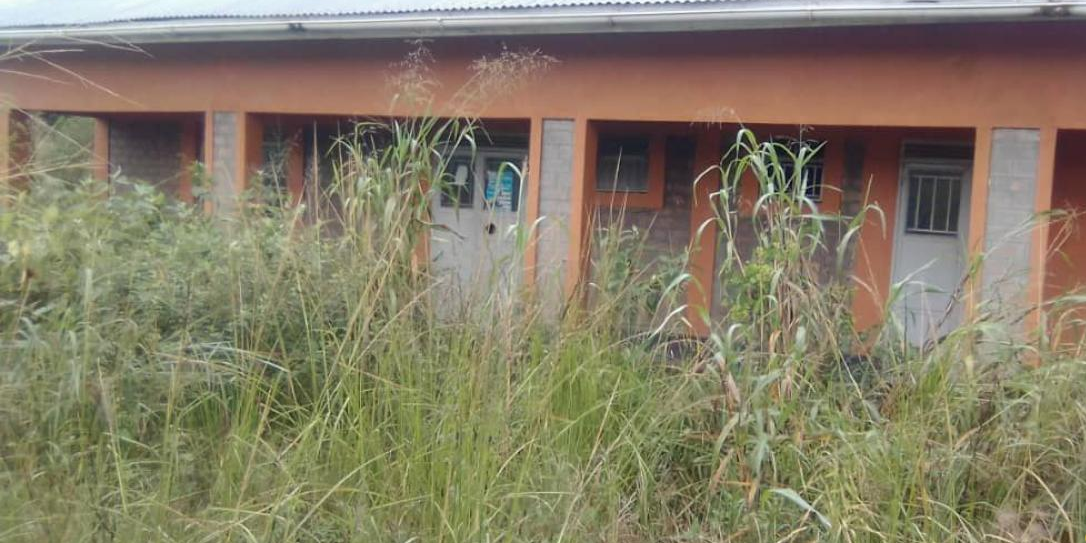Amuru district is struggling to diagnose and treat patients with Tuberculosis disease (TB) due to the lack of an x-ray machine.
Amuru was carved out of Gulu district in 2006 but to date, its major Health Centre IV in Attiak has been operating without an x-ray which is essential for testing TB disease.
The x-ray machine plays a key role in detecting the TB disease from the lung of a patient through filming once samples from the urine, saliva and mucus tests by the gene experts and microscope machines fail.
Currently, the district conducts tests for the TB disease only using microscopes and gene-expert machines which medics say are not very effective in discovering the disease in its early stages or while already in the lungs.
Louis Obalo, the Amuru District TB and Leprosy Focal Point Person says that some of the patients present with all signs and symptoms of TB disease but much as they test them using the microscope and gene experts machines they fail to identify the TB germs.
He added that such patients are enrolled for treatment against cough but their conditions keep deteriorating and in most cases end up dying lest they are tested for TB using the x-ray machine.
Once the bacteriologically tests which are conducted using the gene-experts and microscope machines fail, Obalo says medics are either forced to clinically diagnose the disease and enrol the patients on TB treatment or refer them to Gulu Regional Referral Hospital and St. Mary`s Hospital Lacor in Gulu City which is the only hospitals in Northern Uganda which have x-ray machines.
Obalo added that they have already notified the Ministry of Health about the challenges and asked them to provide one at Attiak Health Centre IV however their request is still being processed.
Statistics from the district indicate that the district diagnosed 81 TB cases between April and June this year and 47 were enrolled for treatment.
Among them were 14 HIV positive and were all put on treatment and anti-retroviral therapy.
In the same period, four TB patients died representing an 8.5% death rate and three patients were lost to follow up within the six months’ treatment period representing 6.4% against the national 5%.
Overall treatment for the quarter shows that 40 out of 47 patients completed treatment and were cured, representing 85.1% against the national 90% target.
Obala attributed this to the high death, relocation of patients and the Covid-19 lockdown which restricted movement and access to health facilities.
George Ocan, the Secretary of Health for Amuru district noted that they have stepped up sensitization and rallying the residents to voluntarily turn up for TB testing.
Dr Patrick Odong Olwedo, the Amuru District Health Officer (DHO) says they are engaging the health ministry to ensure that the challenges are addressed.



